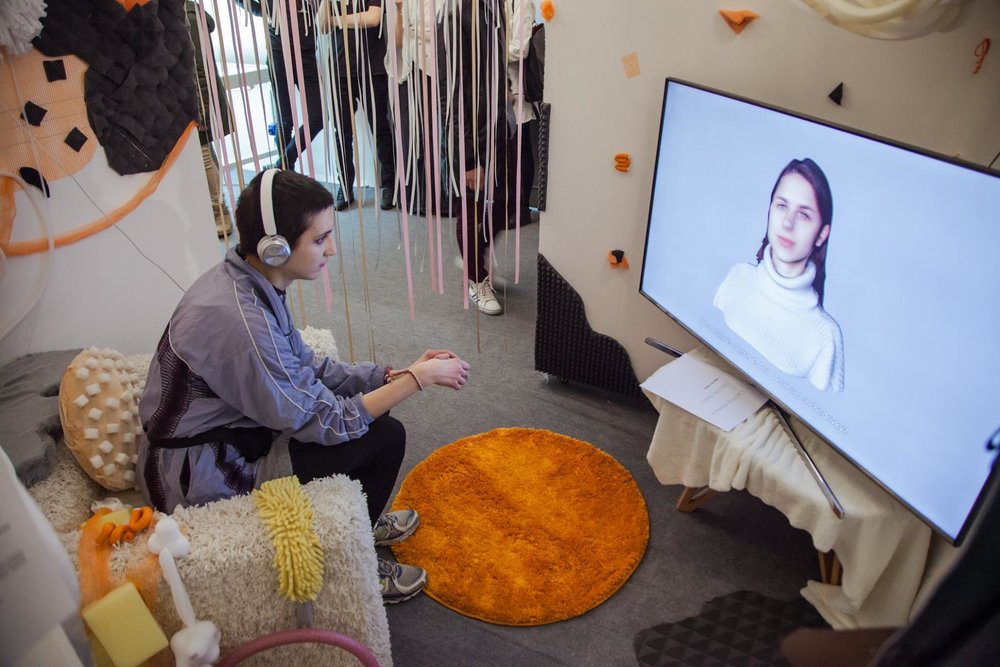

how familiar do you feel you are with the topic of this workshop?.how many years have you been in this company for? Hear from the newcomers first will set the stage for a workshop in which we listen to new ideas, but make sure you give the founders time to speak as well.Let the group self-organise (where do the business/economics studies go?) and encourage people who might prefer to move around (I have a double degree!) as that is also fine. arrange yourself in space (this will look more like a line) based on what background you have: humanities more on this side, hard sciences more on that side.Once the group has tried this map, you can use sociometrics for many different purposes, asking, for example: Ask to hear a few comments from some different places (the closest, the farthest.): how is it to be here today? Invite people to have a short conversation with the ones closest to them. Expect some confusion at first, but soon a map will emerge. (2) invite participants to arrange themselves in space: to determine where to stand they can discuss with one another.

The center, where you are, indicates the place you are currently in for the workshop. (1) stand in the center of the space and explain that participants will be creating a map of the world based on where they live. Start with a map of locations (this is the same method as the Group Map): chimes or an agreed-upon signalĮxplain that you will be using the available space to create maps of the group. a large enough space everyone can move in (can be outdoors).Depending on the prompt the facilitator gives, they can also be a way of visualising the diversity in the room and allow everyone to learn what the group is like. They function as an ice-breaker and an energiser as well, since people are required to move around. Sociometrics are a great way to enable introductions in large groups.


 0 kommentar(er)
0 kommentar(er)
